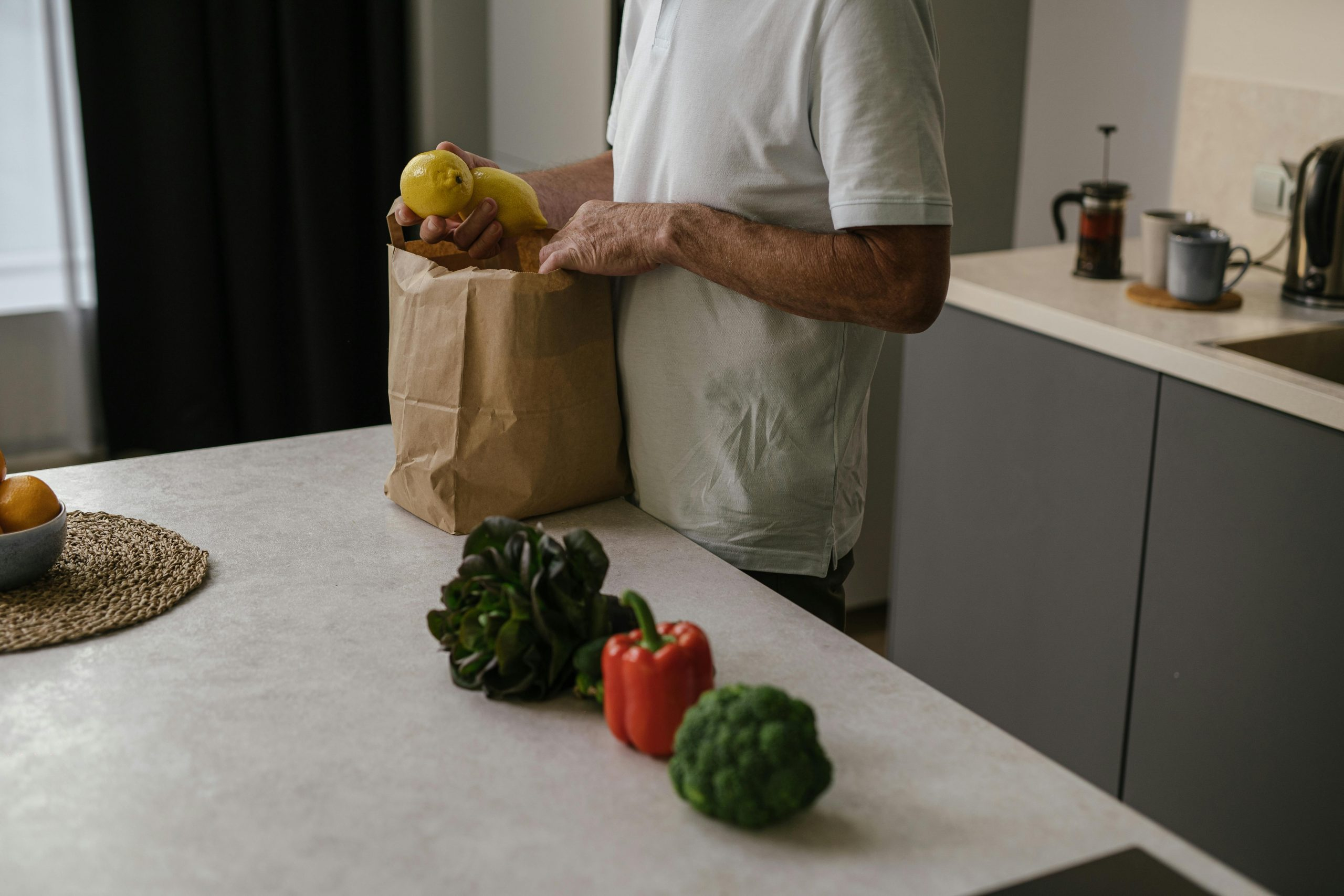Cooking With Seafood: Sustainability Matters
If you’re a fan of seafood, you know just how tasty and versatile it can be in the kitchen. From succulent shrimp to flaky salmon, seafood dishes are a staple in many households and restaurants. However, with the rise of concerns about the environment and sustainability, many are left wondering if their love for seafood aligns with their values. The truth is, sustainability matters when it comes to cooking with seafood. In this article, we’ll explore why sustainability should be a top priority for seafood lovers and how we can make more responsible choices in the kitchen.
The Importance of Sustainability in Seafood
Before we dive into the details, it’s important to understand what sustainability means in the context of seafood. Simply put, sustainable seafood practices involve harvesting and consuming fish and other aquatic species in a way that ensures their populations can continue to thrive for generations to come. This includes efforts to prevent overfishing, minimize bycatch (the unintentional capture of non-target species), and protect the habitats and ecosystems that sustain marine life.
So, why does sustainability matter when it comes to cooking with seafood? The answer is simple: our oceans are a finite resource and the demand for seafood is only growing. According to the United Nations Food and Agriculture Organization, over 3 billion people rely on seafood as their primary source of protein, and this number is expected to increase in the coming years. This means that if we don’t make sustainable choices, we risk depleting our oceans and harming the very creatures we love to eat.
How to Make Sustainable Seafood Choices
Now that we understand the importance of sustainability in seafood, the next question is: how can we make responsible choices in the kitchen? Here are some tips to keep in mind:
1. Know Your Seafood Labels
When purchasing seafood, always look for labels that indicate sustainability certifications. These can include the Marine Stewardship Council (MSC) certification, which ensures the fish was caught using sustainable practices, or the Aquaculture Stewardship Council (ASC) certification, which guarantees the fish was sustainably farmed. Knowing what these labels mean can help you make informed decisions at the grocery store or when dining out.
2. Diversify Your Seafood Choices
It’s no secret that certain species of fish are more popular and widely consumed than others. However, overfishing and high demand can lead to the depletion of these species. To combat this, try to diversify your seafood choices and experiment with lesser-known species. This not only reduces pressure on popular species but also encourages sustainable fishing practices for a wider variety of fish.
3. Consider Where Your Seafood Comes From
In addition to looking for sustainability labels, it’s important to consider where your seafood is coming from. Whenever possible, opt for locally caught or farmed seafood, as this reduces the carbon footprint associated with transportation. You can also look for seafood that is sourced from well-managed fisheries, as this ensures the fish is being harvested responsibly.
4. Choose Seasonal Seafood
The availability of seafood varies depending on the time of year. To help support sustainable fishing practices, choose seafood that is in season. This not only ensures better quality and taste but also reduces pressure on out-of-season species.
The Future of Seafood Sustainability
While it’s encouraging to see more people becoming aware of the importance of sustainable seafood practices, there is still a long way to go. It’s crucial for both consumers and businesses to continue making responsible choices in order to protect our oceans and the creatures that call them home.
In addition to making sustainable seafood choices, there are also efforts being made to improve the industry as a whole. This includes initiatives to reduce waste, improve fishing techniques, and promote sustainable aquaculture practices.
Final Thoughts
It’s clear that sustainability should always be a factor when cooking with seafood. By making informed choices and supporting sustainable fishing and farming practices, we can not only enjoy delicious seafood dishes but also help ensure that future generations can continue to do so as well. So, next time you’re planning a seafood meal, remember that sustainability matters and let’s do our part to protect our oceans and the creatures within them.











